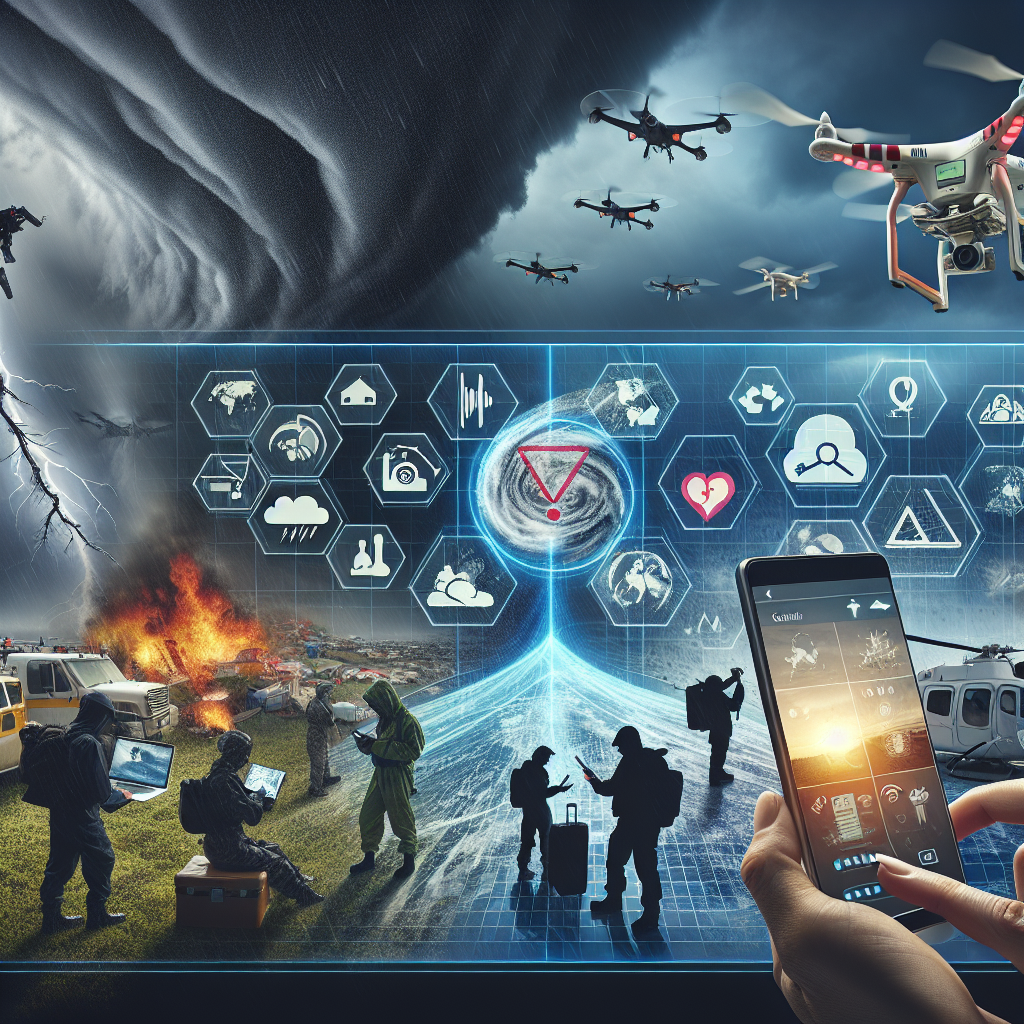Introduction
Disasters, both natural and man-made, have the potential to cause massive devastation and loss of life. Effective disaster management is crucial to mitigate the impact of such events. In recent years, technology has played a transformative role in all phases of disaster management, enhancing preparedness, response, recovery, and mitigation efforts. This article explores the various ways technology is being leveraged to improve disaster management globally.
Early Warning Systems
One of the most critical aspects of disaster management is early warning. Advanced technology enables the detection of potential threats well in advance, providing crucial time for preventive measures. Various tools and systems are used for this purpose:
- Seismic Sensors: These are used to detect early signs of earthquakes.
- Weather Radars: Essential for predicting hurricanes, tornadoes, and severe storms.
- Satellite Imaging: Monitors large areas for signs of natural disasters like wildfires and floods.
- Machine Learning Algorithms: Analyze historical data and current trends to forecast potential disasters.
Case Study: The Indian Ocean Tsunami Warning System
In the wake of the devastating 2004 Indian Ocean tsunami, an advanced warning system was put in place. This network includes sensors, satellite communication, and automated alerts, significantly improving the speed and accuracy of tsunami warnings, thus saving countless lives.
Real-time Communication and Coordination
Effective communication is paramount during a disaster. Technology offers various solutions to ensure seamless, real-time information exchange among responders and affected communities:
- Internet of Things (IoT): IoT-enabled devices provide real-time data from disaster zones.
- Mobile Applications: Apps like Zello and FireChat facilitate communication even when traditional networks fail.
- Social Media: Platforms like Twitter and Facebook are crucial for real-time updates and crowd-sourced information.
Case Study: Hurricane Harvey
During Hurricane Harvey in 2017, social media played a vital role in rescue operations. Thousands of people used platforms like Twitter to request help, providing real-time locations to rescue teams and volunteers, thereby accelerating rescue efforts significantly.
Drone Surveillance and Robotics
Drones and robotics have become indispensable tools in disaster management:
- Drone Surveillance: Provides real-time aerial imagery and data from disaster-struck areas, enabling better assessment and resource allocation.
- Robotic Assistance: Robots can navigate through debris to locate survivors or deliver essential supplies.
Case Study: Nepal Earthquake
In the aftermath of the 2015 Nepal earthquake, drones were extensively used for aerial surveys. They provided critical data for assessing damage, planning rescue operations, and distributing relief materials.
Artificial Intelligence and Big Data
The power of AI and Big Data is being harnessed to revolutionize disaster management:
- Predictive Analytics: AI algorithms analyze massive datasets to predict the likelihood and impact of future disasters.
- Resource Optimization: AI helps in optimal allocation of emergency resources and personnel.
- Sentiment Analysis: Social media data is analyzed to gauge public sentiment and identify urgent needs.
Case Study: California Wildfires
AI-driven models have been employed to predict the spread of wildfires in California. These models analyze weather conditions, vegetation, and other factors to provide accurate forecasts, allowing for better-prepared containment strategies.
Geographic Information Systems (GIS)
GIS technology plays a significant role in disaster management:
- Risk Mapping: Helps identify high-risk areas prone to specific types of disasters.
- Evacuation Planning: Assists in designing efficient evacuation routes.
- Resource Distribution: Ensures equitable distribution of relief materials based on spatial data.
Case Study: Haiti Earthquake
Following the 2010 Haiti earthquake, GIS was used extensively for mapping affected areas. This enabled a coordinated response, ensuring that aid reached the most critical regions first.
Conclusion
From early warning systems to AI-driven analytics, technology is reshaping every aspect of disaster management. The integration of advanced tools and systems has not only enhanced the efficiency of response efforts but also significantly reduced the impact of disasters. As technology continues to evolve, its role in disaster management will undoubtedly become even more pivotal, making our world a safer place.

